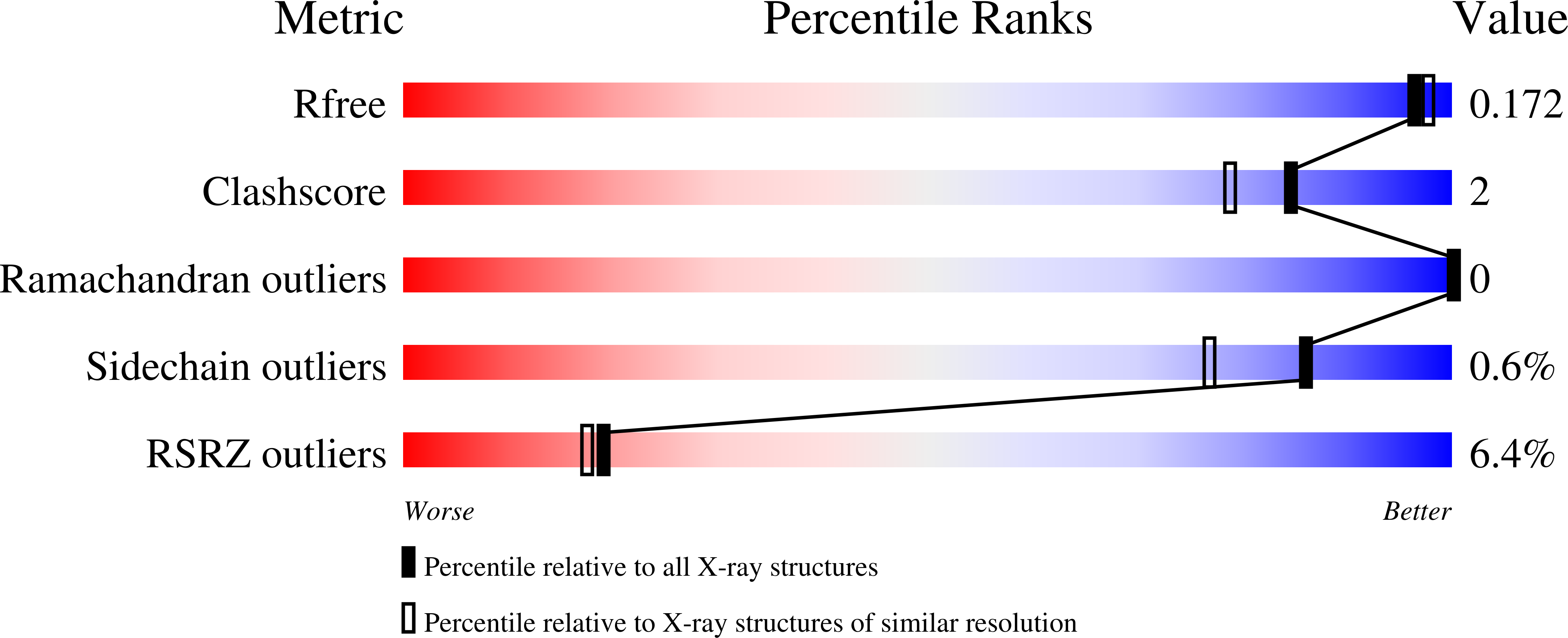
Deposition Date
2022-03-14
Release Date
2023-03-29
Last Version Date
2024-04-10
Entry Detail
Biological Source:
Source Organism:
Vanderwaltozyma polyspora DSM 70294 (Taxon ID: 436907)
Host Organism:
Method Details:
Experimental Method:
Resolution:
1.60 Å
R-Value Free:
0.16
R-Value Work:
0.14
R-Value Observed:
0.14
Space Group:
P 1 21 1


